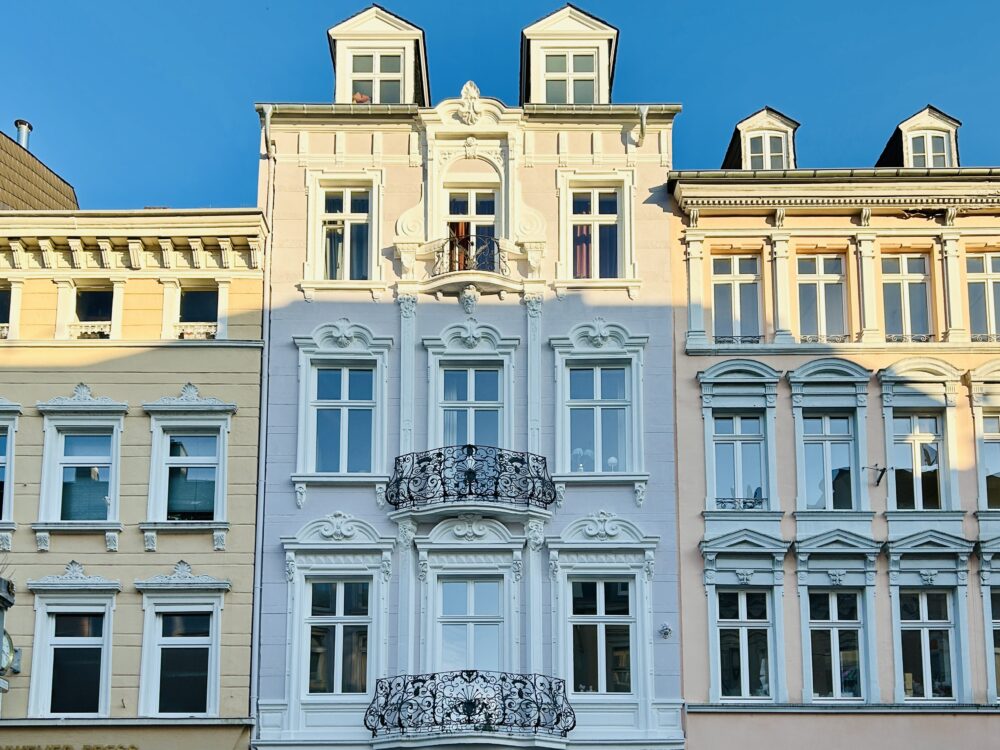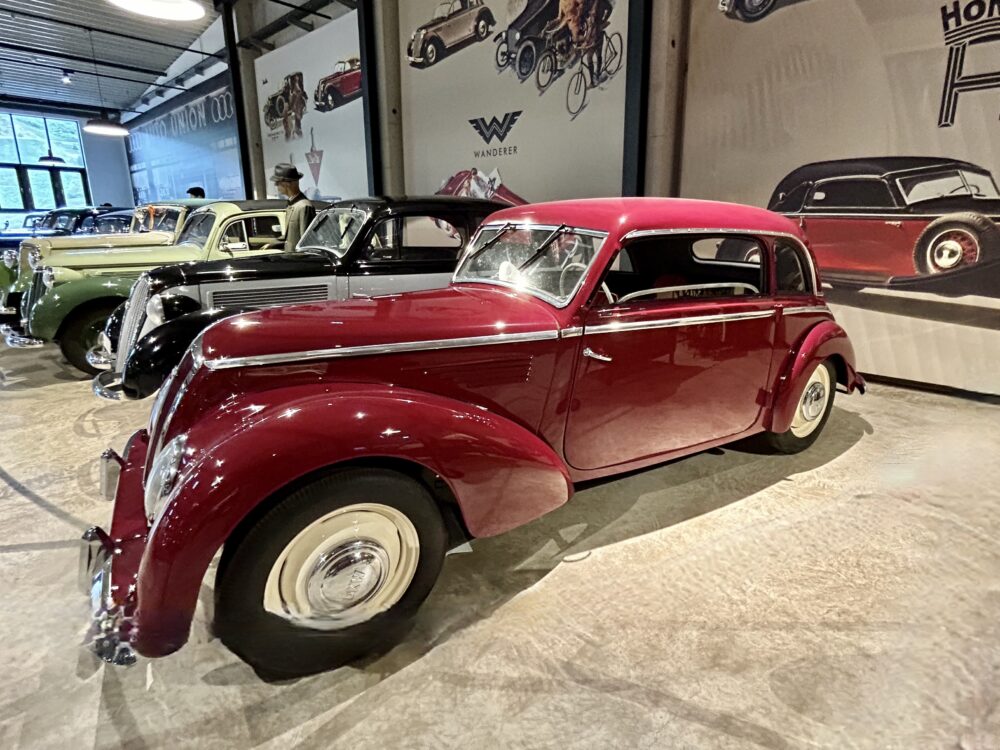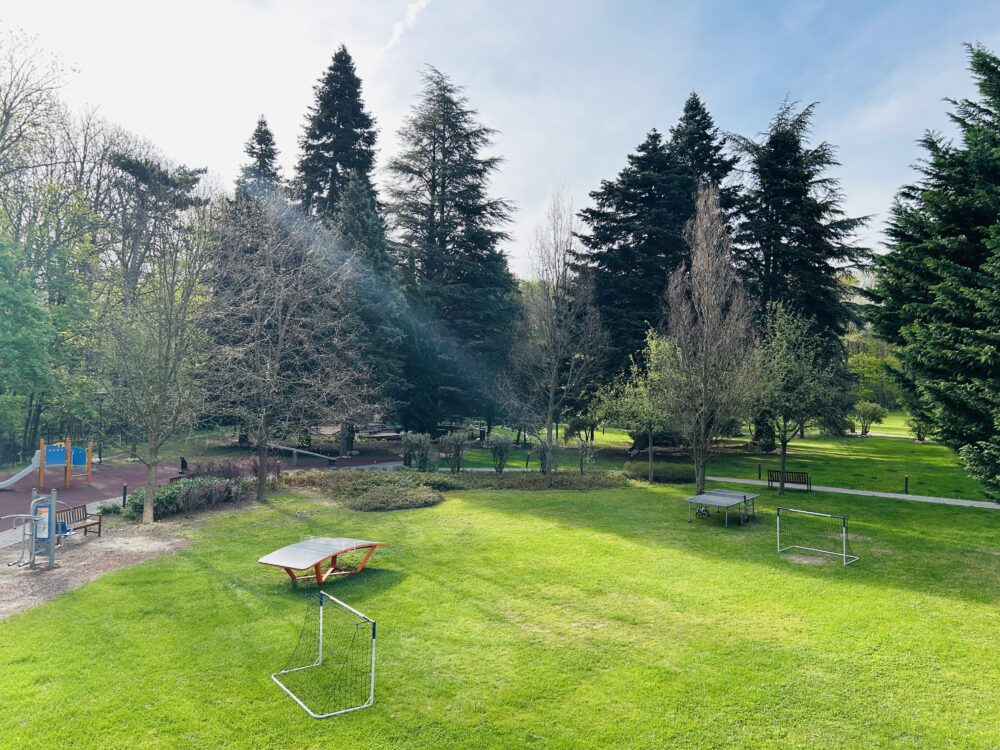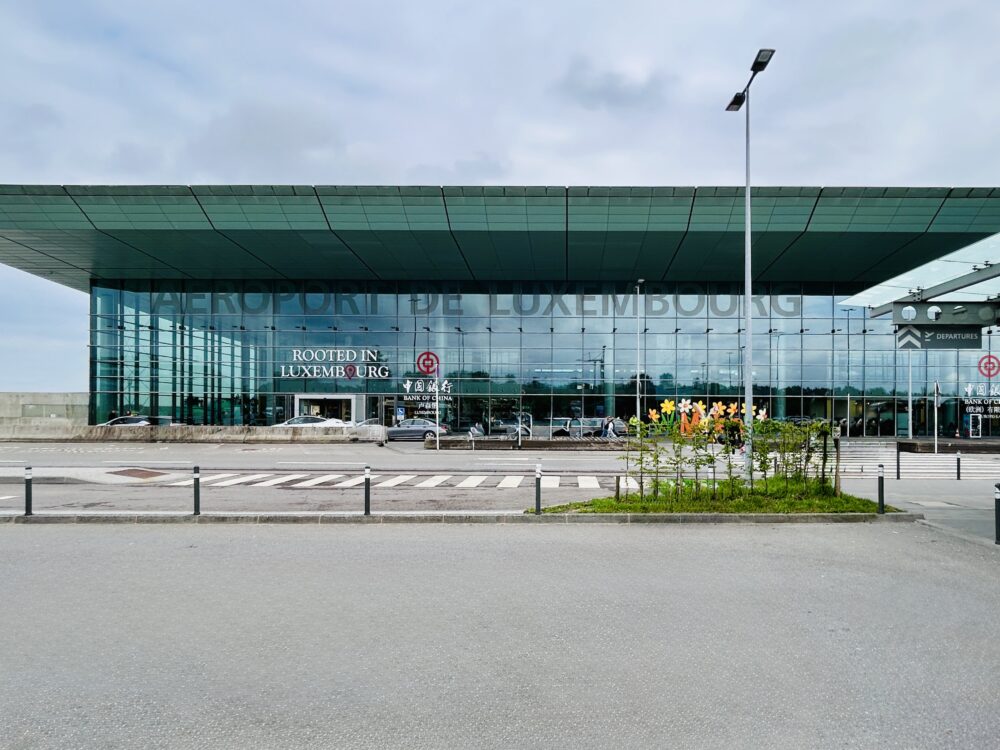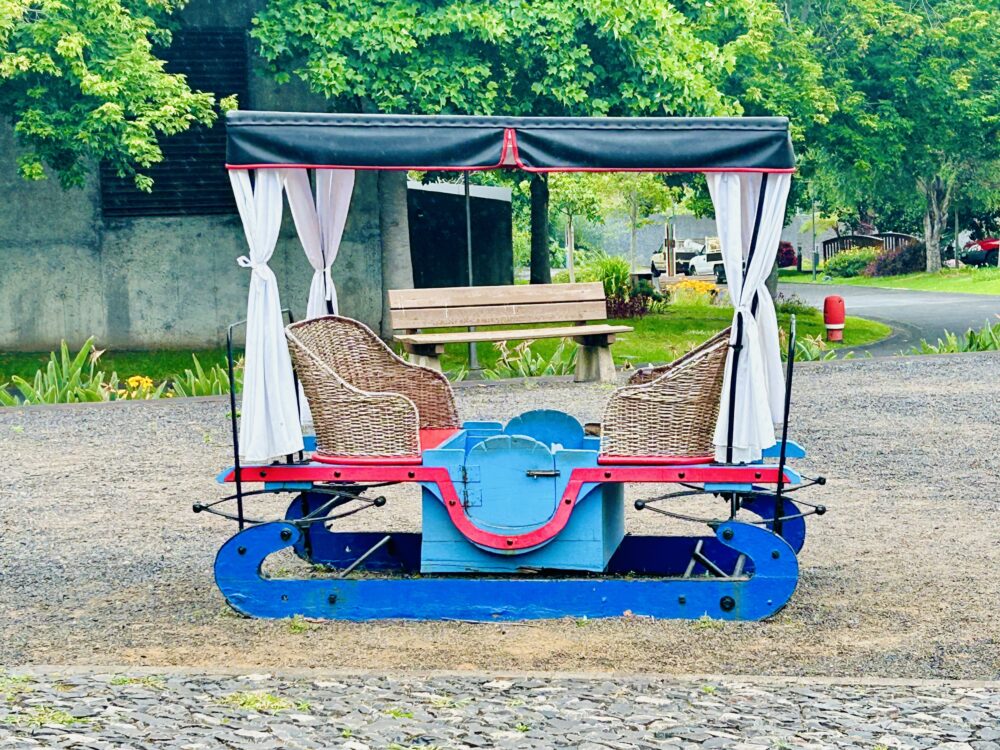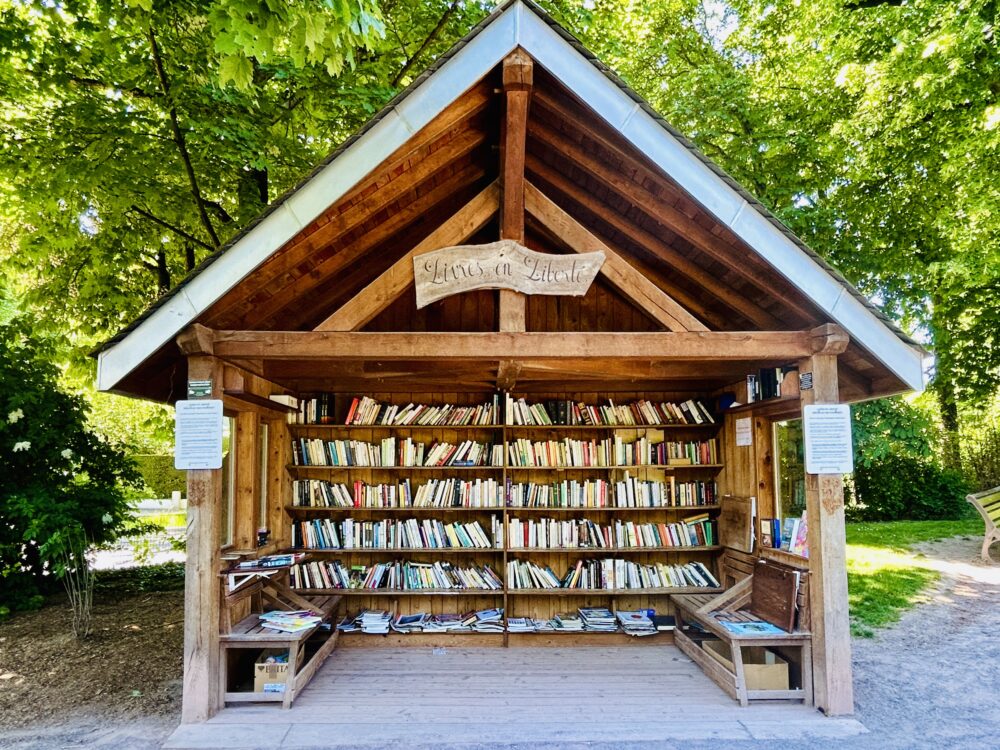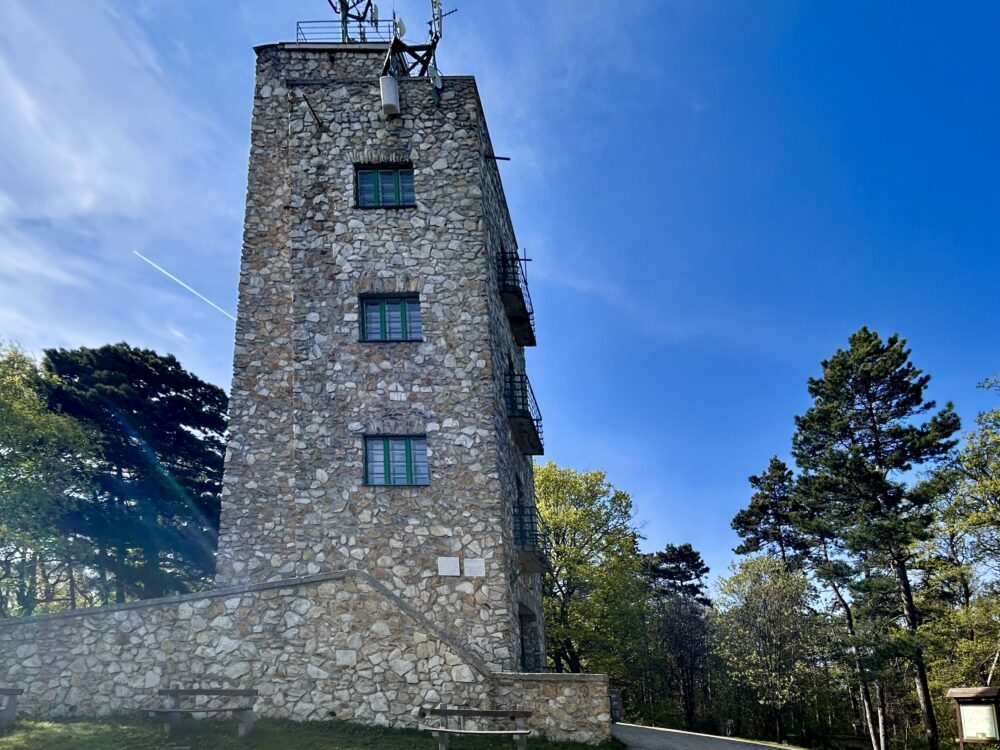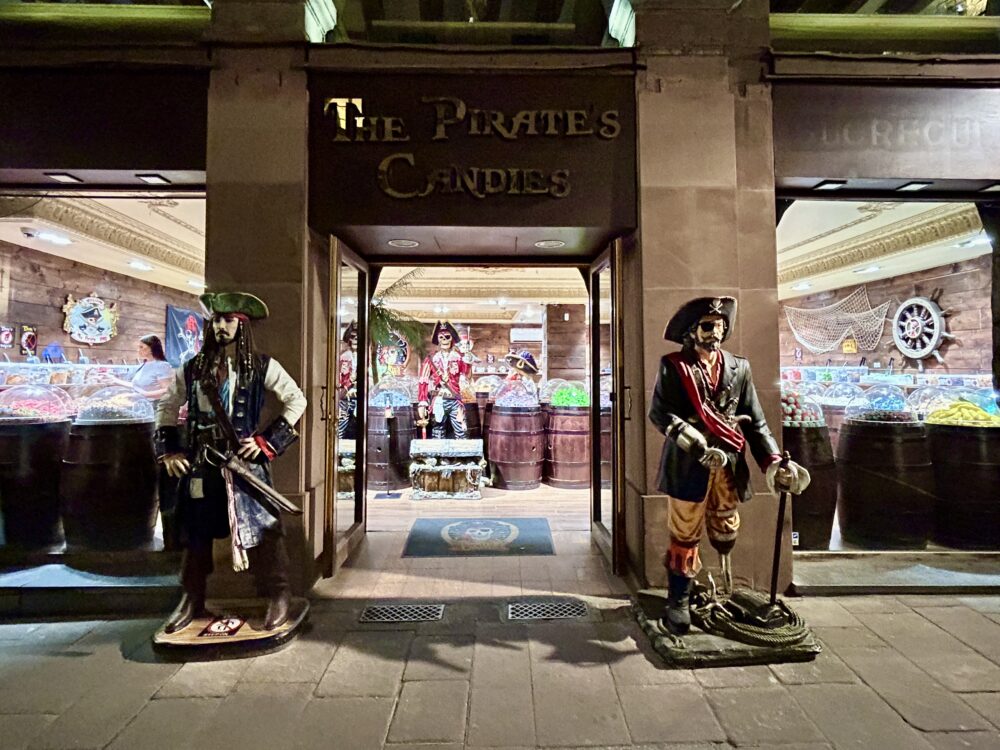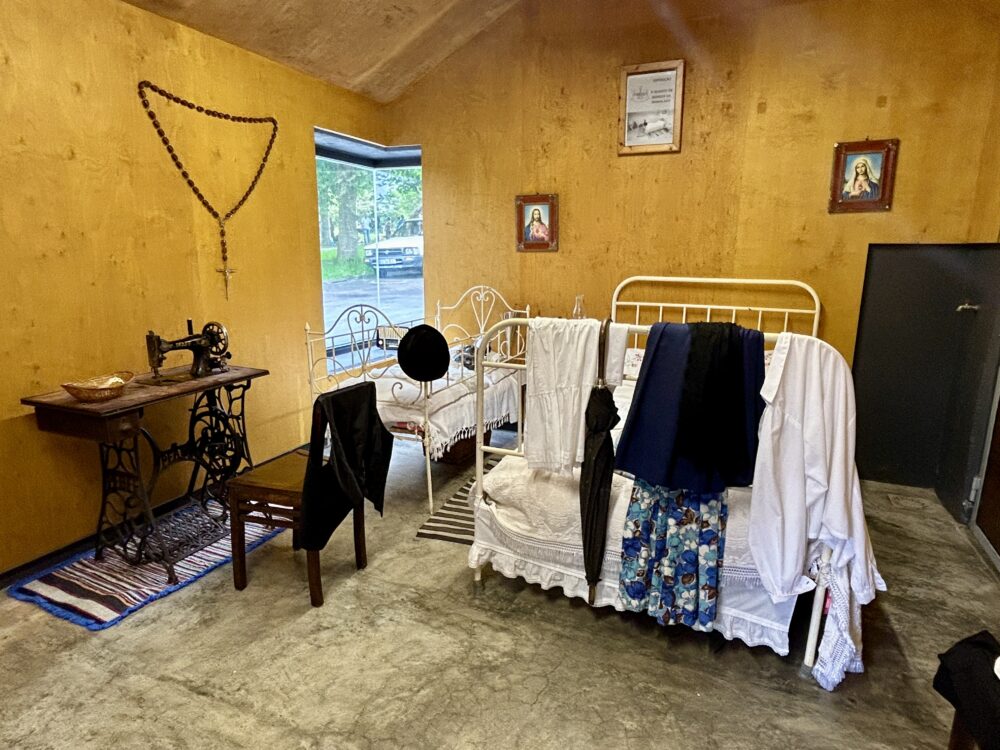A Rich Architectural History
Trier, located in the west of Germany, is renowned as the country’s oldest city. Founded by the Celts in the late 4th century BC and later conquered by the Romans in 16 BC, Trier boasts a remarkable collection of ancient and medieval architecture that narrates its rich history. Key landmarks include the Porta Nigra, the best-preserved Roman city gate north of the Alps, and the majestic Trier Cathedral, a UNESCO World Heritage Site and the oldest bishop’s church in Germany.
The architectural legacy of Trier is a testament to its strategic and cultural importance throughout history. The city centre is a mosaic of Roman, Romanesque, Gothic, and Baroque styles, each layer adding to its unique character. The Aula Palatina, also known as the Basilica of Constantine, is a striking example of early Christian architecture, while the Electoral Palace, with its lavish Rococo design, reflects the city’s baroque splendour.
Trier During World War II
During World War II, Trier suffered significant damage due to Allied bombing raids. A large portion of the city centre was destroyed, including many historic buildings. Despite this devastation, restoration efforts undertaken in the post-war years have been highly successful. Today, the city centre has been rebuilt with great care, retaining its historical charm while integrating modern elements.
Legacy of Ancient Times
As Germany’s oldest city, Trier is steeped in ancient history. The Roman influence is evident throughout the city, from the imperial baths to the amphitheatre, which once hosted gladiatorial games and other public spectacles. These ancient ruins provide a glimpse into the life and culture of a Roman metropolis and continue to attract tourists from around the world.
Cozy City Centre
The city centre of Trier offers a delightful, cozy atmosphere, with its narrow pedestrian streets lined with charming cafes, boutiques, and traditional German bakeries. The Hauptmarkt, Trier’s main market square, is a bustling hub of activity, surrounded by colourful half-timbered houses and historic buildings. The square is often filled with street performers, market stalls, and local residents going about their daily lives, creating a lively and inviting ambience.
Architectural Structure of the City
Trier’s architectural layout is a blend of its ancient past and modern present. The city is built around its historic core, with pedestrian-friendly streets and squares that encourage exploration. The Roman layout of the city is still visible, with remnants of old city walls and gates marking the boundaries of the ancient city. The modern parts of Trier have been developed to complement the historic areas, ensuring a seamless blend of old and new.
#TrierHistory #AncientCity #GermanArchitecture #HistoricBuildings #TrierCharm



